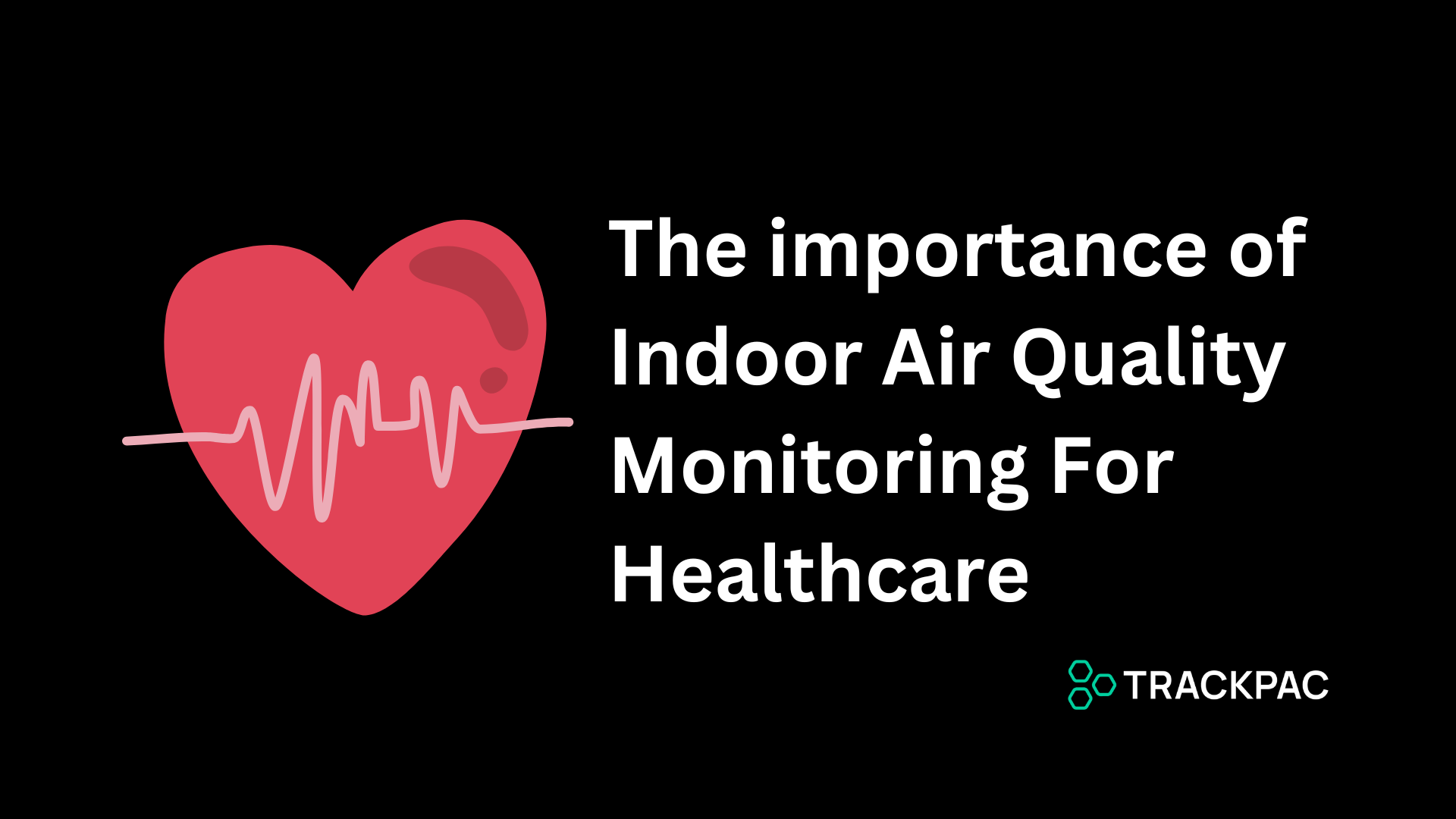
Did you know that poor indoor air quality can significantly impact patient recovery and staff health in healthcare facilities? In this article, we'll explore the importance of Indoor Air Quality Monitors for Healthcare Facilities and how they can enhance health and safety.
Indoor Air Quality (IAQ) Monitors are devices that measure various pollutants and environmental factors like temperature, humidity, CO2 levels, and volatile organic compounds (VOCs) in indoor environments. In healthcare facilities, these monitors play a crucial role in maintaining a safe and healthy atmosphere for patients, staff, and visitors.
Enhanced patient recovery is one of the primary benefits of using IAQ monitors. Good air quality reduces the risk of infections, which in turn speeds up recovery times for patients. Additionally, maintaining clean air can significantly improve the health and productivity of staff. Reduced exposure to pollutants means fewer sick days and a healthier work environment, which is crucial for the demanding nature of healthcare work.
Furthermore, IAQ monitors help healthcare facilities comply with health and safety regulations. Many regulatory bodies set strict standards for indoor air quality, and continuous monitoring ensures that these standards are met. Early detection of air quality issues through real-time monitoring allows for immediate action, preventing minor problems from becoming major health risks.
To effectively implement IAQ monitors, healthcare facilities should start by identifying key areas for monitoring. Choosing the right monitors is also crucial; devices should be capable of measuring relevant pollutants such as particulate matter (PM2.5 and PM10), CO2, VOCs, and humidity.
For optimal results, healthcare facilities should consider using Trackpac for their indoor air quality monitoring needs. Trackpac offers advanced IoT dashboards that are specifically designed to handle various pollutants and environmental factors. These devices ensure comprehensive coverage by providing real-time data and analytics.
Strategic installation of these monitors is important to ensure comprehensive coverage. Monitors should be placed in areas with high foot traffic and poor ventilation. The devices Trackpac works with are designed to be easily integrated into critical areas, providing seamless monitoring and accurate data collection.
Setting up alerts and notifications with Trackpac helps staff respond promptly to any deviations from safe air quality levels. The system’s robust alert mechanism ensures that healthcare personnel are immediately informed of any potential issues, allowing for swift action to maintain optimal air quality.
Regular maintenance and calibration are necessary to keep the monitors accurate and reliable. Trackpac offers comprehensive support for this to ensure that the devices are functioning correctly and providing accurate data.
By choosing Trackpac, healthcare facilities can ensure they are using state-of-the-art technology to monitor and maintain indoor air quality, thus enhancing patient recovery rates and staff well-being.
Regular data analysis is essential for identifying trends and addressing recurring air quality issues. Integrating IAQ monitors with building management systems can automate adjustments to HVAC systems, maintaining optimal air quality without manual intervention. Educating staff on the importance of air quality and how to respond to alerts ensures that everyone is prepared to act when necessary.
Ensuring redundancy by using multiple monitors can provide comprehensive coverage and backup in case of device failure. This approach minimizes the risk of missing critical air quality issues in different areas of the facility.
One common mistake is neglecting regular maintenance and calibration of the monitors. Regular checks and calibrations are essential for accurate readings. Ignoring minor alerts can also lead to larger issues, so all alerts should be addressed promptly. Additionally, overlooking ventilation can undermine the effectiveness of the monitors; ensuring proper ventilation systems are in place is crucial for maintaining good air quality.
Implementing Indoor Air Quality Monitors in healthcare facilities is crucial for ensuring the health and safety of patients and staff. By regularly monitoring and managing air quality, facilities can enhance recovery rates, improve staff well-being, and maintain compliance with health standards. Start improving your facilities air quality today and experience the benefits.
If you're looking to install indoor air quality monitors in your healthcare facility, get in touch with our experts today to find out more. hello@trackpac.io
We'd love to show you how Trackpac can help you monitor your sensors and get alerts. Schedule a demo with us today!